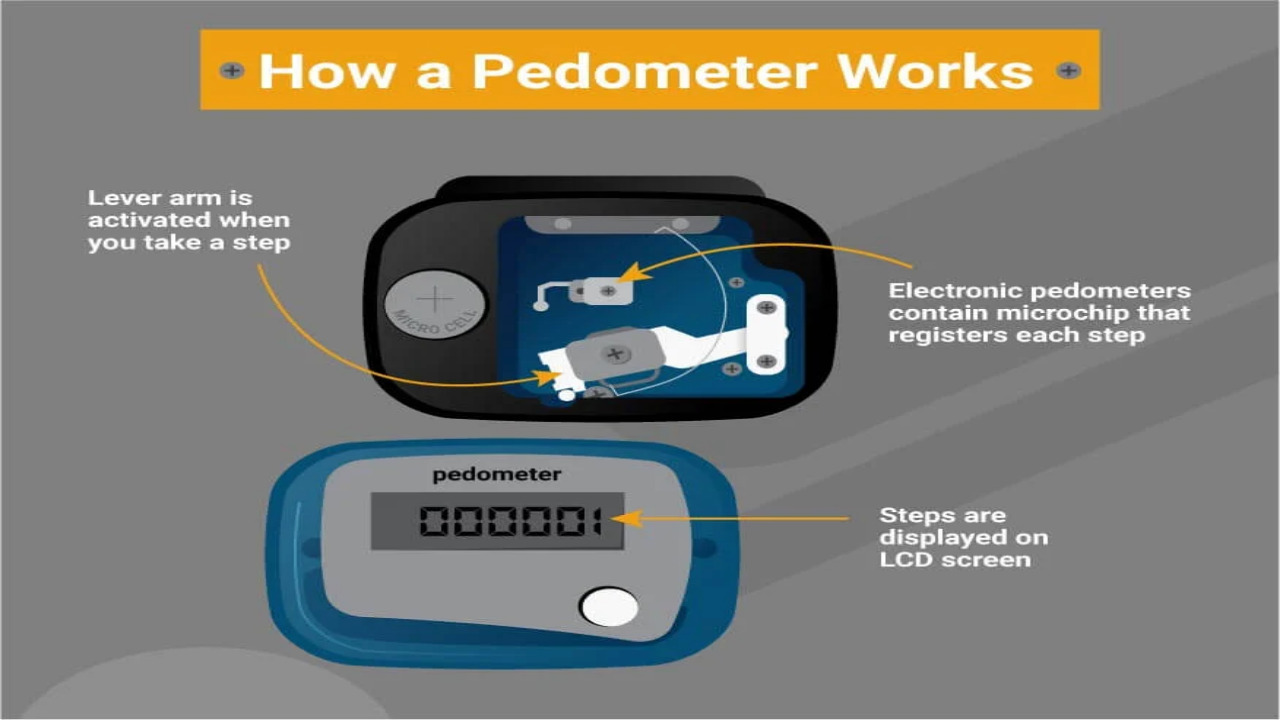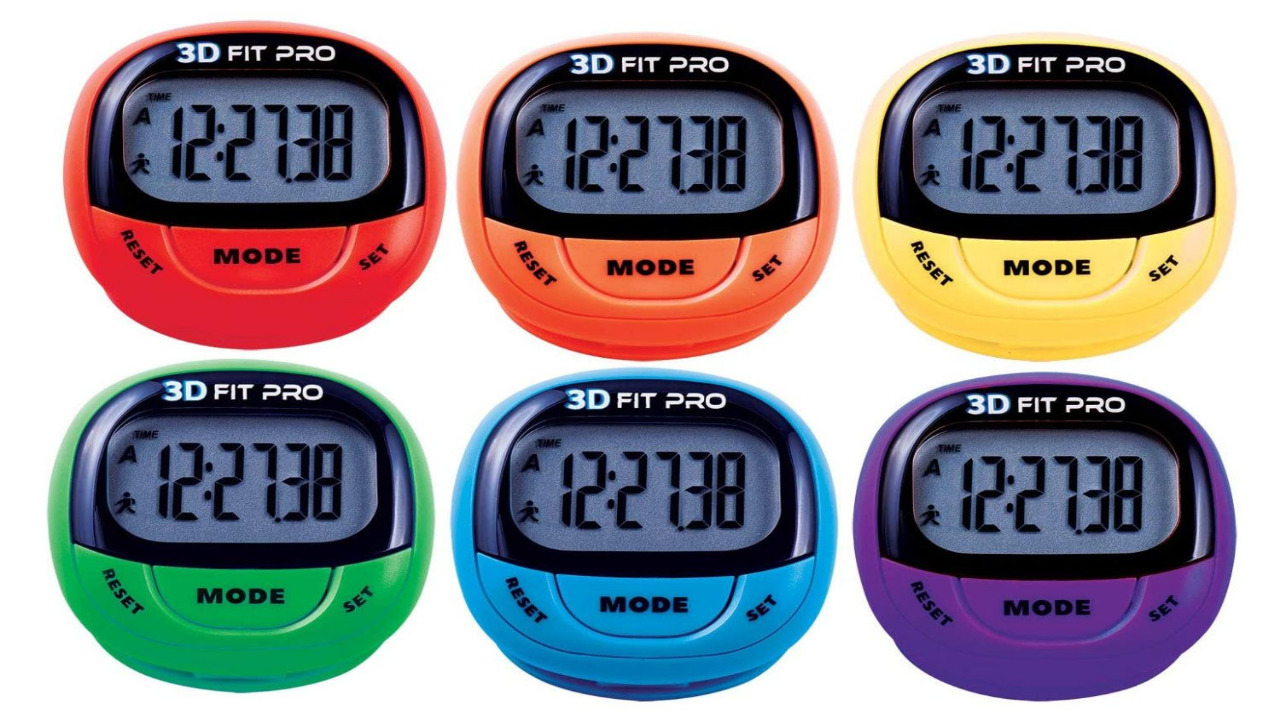In the quest for a healthier lifestyle, individuals often turn to various fitness devices to track their physical activity and monitor their progress. One such device is a pedometer, a simple yet effective tool designed to count the number of steps taken by an individual. This article explores the concept of a pedometer, how it works, and its benefits in promoting an active lifestyle.
Understanding Pedometers:

A pedometer is a portable electronic device that is commonly worn on the waistband or carried in a pocket. It utilizes internal sensors to detect and record the movements of the wearer. The primary function of a pedometer is to measure the number of steps taken, but some models also provide additional features such as distance traveled, calories burned, and even sleep tracking.
How Does It Work?

Sensor Technology:
Pedometers employ various sensor technologies to detect motion accurately. The most common type is the accelerometer, which measures acceleration and deceleration caused by body movements. The device translates these movements into step counts by using preprogrammed algorithms that analyze the pattern and intensity of the motion.
Step Counting Algorithms:
Pedometers utilize sophisticated algorithms to determine when a step is taken. These algorithms analyze data from the sensors and apply specific criteria, such as acceleration and deceleration patterns, to distinguish between steps and other types of movements. Advanced algorithms can even differentiate between walking, jogging, and running, providing more precise activity measurements.
Types of Pedometers

Mechanical Pedometers:
Traditional mechanical pedometers are based on a simple pendulum-like mechanism. As the wearer moves, a lever arm swings back and forth, activating a mechanical counter that records the step count. While these pedometers are inexpensive, they are often less accurate than their electronic counterparts.
Electronic Pedometers:
Electronic pedometers, also known as digital or modern pedometers, use electronic components to detect and count steps. They are equipped with accelerometers, microprocessors, and digital displays. Electronic pedometers offer higher accuracy and additional features, such as data storage, data analysis, and wireless connectivity to sync with other devices or apps.
Benefits of Using a Pedometer

Physical Activity Tracking:
A pedometer serves as a motivational tool by providing real-time feedback on physical activity levels. It allows individuals to set step goals, monitor their progress, and challenge themselves to increase their daily step counts. This can be particularly helpful for those aiming to improve their fitness or lose weight.
Behavioral Awareness:
Wearing a pedometer increases awareness of one’s daily activity levels. By tracking steps, individuals can identify patterns and trends, such as periods of inactivity or opportunities for increased movement. This self-awareness can encourage behavior changes, such as taking the stairs instead of the elevator or going for a walk during breaks.
Health Benefits:
Regular physical activity has numerous health benefits, including improved cardiovascular health, weight management, and reduced risk of chronic diseases. A pedometer can be a valuable tool in promoting these benefits by encouraging individuals to incorporate more movement into their daily routines.
Conclusion
A pedometer is a practical device that can significantly contribute to an active and healthy lifestyle. By accurately tracking steps and providing real-time feedback, it motivates individuals to increase their physical activity levels. Whether it’s a traditional mechanical pedometer or a modern electronic version, this portable gadget serves as a valuable tool in promoting a more active and conscious approach to daily movement.
